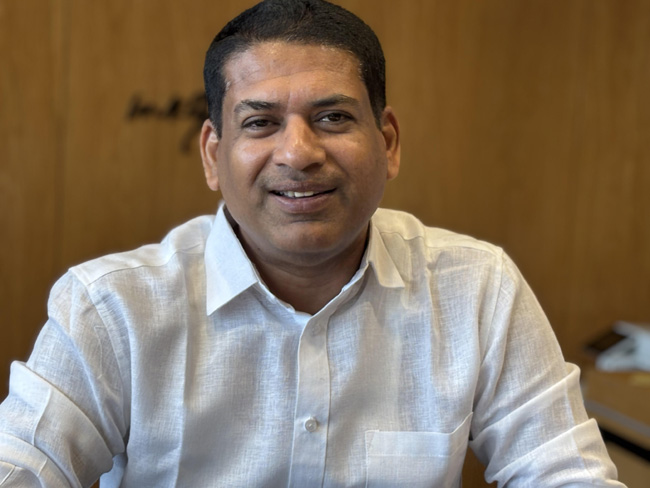New Delhi: India has achieved a significant milestone, securing the third position globally in wind and solar energy production, following only China and the United States. This impressive climb underscores the nation’s unwavering commitment to its clean energy transition, a journey propelled by robust government policies, diligent state-level execution, and expanding adoption across various sectors.
Santosh Sarangi, Secretary of the Ministry of New and Renewable Energy (MNRE), highlighted this achievement, stating, “Driven by strong policy, state-level execution, and expanding adoption across sectors, India’s Clean Energy journey continues to gain momentum.”
This ascent is a testament to India’s proactive approach in scaling up its renewable energy capacity. The country has consistently implemented a range of policies and incentives aimed at boosting solar and wind power generation. This includes ambitious targets, streamlined regulatory frameworks, and financial support mechanisms like subsidies and production-linked incentives for domestic manufacturing of solar PV modules.
At the state level, significant progress has been made with various states actively contributing to the national renewable energy goals through their own tailored policies and initiatives. This decentralized approach has been crucial in translating national targets into tangible on-ground projects.
The expanding adoption of clean energy is visible not just in large-scale solar parks and wind farms, but also in distributed generation like rooftop solar installations for residential, commercial, and industrial consumers. This widespread embrace of renewables is not only enhancing energy security and reducing reliance on fossil fuel imports but also contributing to improved public health by mitigating air pollution and creating new employment opportunities.
While India’s clean energy generation continues to grow, it is also important to note the ongoing efforts to address challenges such as land acquisition for large projects and strengthening grid infrastructure to seamlessly integrate increasing amounts of intermittent renewable power. The emphasis is now also on innovative energy storage solutions, green hydrogen, and green ammonia production to further accelerate the transition.
India’s climb to the third position globally reflects a strategic and sustained effort to pivot towards a sustainable energy future, demonstrating its role as a key player in the global clean energy landscape.


